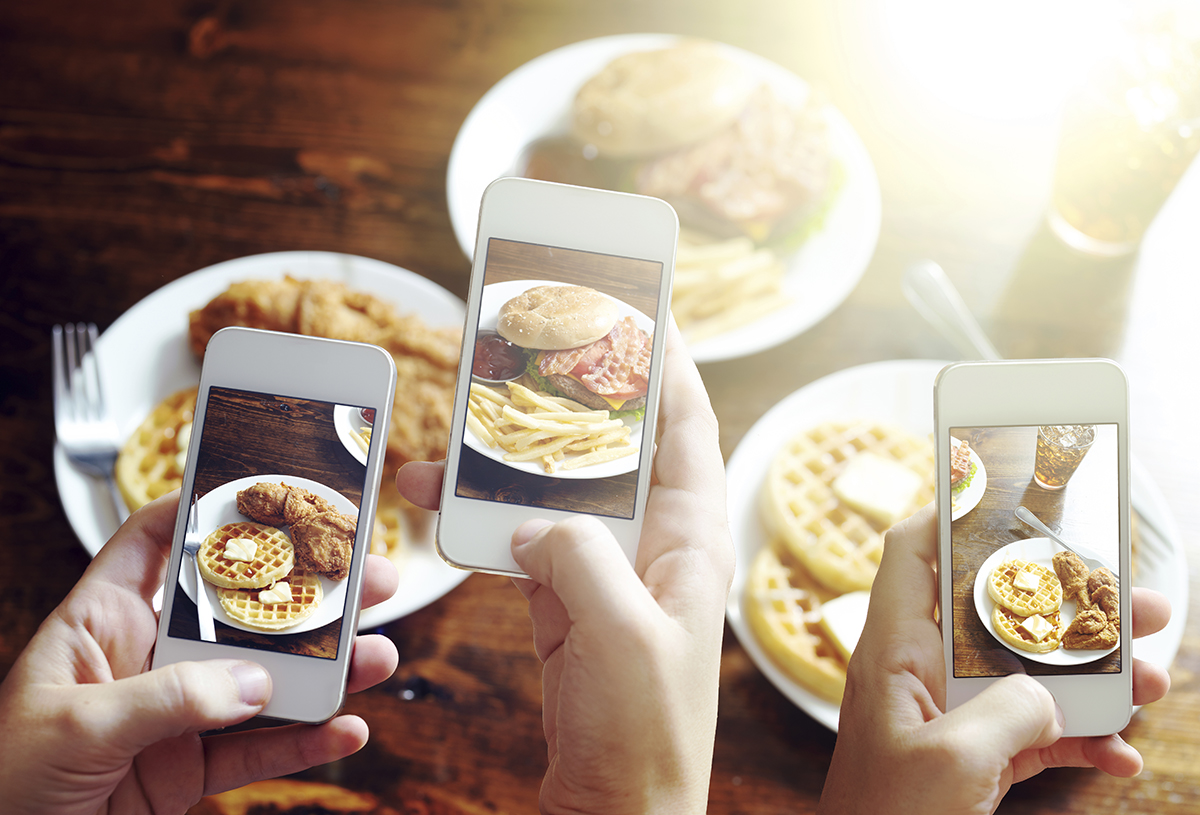How are POS terminals used by retail stores different from restaurants?

Good question. If you step inside a retail store and a restaurant that both use a POS system from a single supplier, the setup for each one may look the same on the outside – iPad, barcode scanner, printer and cash box – but the POS software itself is configured differently.
Unlike other software, POS systems aren’t one size fits all solutions. What will work for a bike shop for example, won’t necessarily work for a restaurant and vice versa. Let’s dive a little deeper and see just how different they are. To make things a bit easier, we’ll be using the many features of the Lightspeed POS for iPad. Are you ready? Let’s go!
Retail Store POS
-
Inventory – Point of sale systems for retail stores are loaded with options by default. Retail stores need a robust inventory tracking system with built in pre-purchasing when items are running low, plus it has to be loaded with items from different suppliers by default to save some time. All you need to do is import your own inventory file to complete your listing.
-
Purchasing – You can track and prepare purchase orders within the POS system, as well as set a reorder point so when a particular item is running low, the POS system will automatically let you add it to the next purchase request. Centralized purchasing causes less problems and is a lot easier than trying to keep track of all your orders manually.
-
Reporting – Reporting is equally important for both retail and restaurant point of sale systems. Detailed reporting is available for both, which includes sales, inventory and employee management. Top selling items, top performing employees, sales for a particular period and items that are barely moving can be instantly accessed. You can see who among your staff is a sales superstar and who’s slacking off.
-
Multi-Store – If you run multiple stores, updating prices and inventory will be a lot easier as compared to sending a company-wide email detailing all the revisions and updates (although that’s actually a good back up). Once you update it in your terminal, it gets updated everywhere.
Restaurant POS
-
Order Taking – With iPad based POS systems, your wait staff can take orders faster because all the information the customer needs is available at her fingertips. Orders are then sent directly to the kitchen from the iPad or iPhone and printed out, eliminating the need to write things down and rush it to kitchen staff.
-
Table Management – You can fix your restaurant layout on the fly when you need to. With the POS systems’ easy drag and drop feature, easily add chairs and tables to an existing set-up so a bigger group can fit. When you update the table arrangements, it’s automatically updated in all terminals so everyone is on the same page.
-
Accept payments table side – If your customers are paying with plastic, plug and play credit card readers can be attached to the iPad or the iPhone, enabling your staff to accept payments tableside. This eliminates the need to rush to and from the cashier. A definite time saver, your customers will appreciate the speed of your checkout process.
-
Inventory – For restaurants, clams, onions and beef don’t really have bar codes, so chefs manage inventory by eyeballing it and manually counting everything and using an Excel file to log it. It’s tedious, and if not updated regularly can leave a lot of possibility for mistakes. Special softwares exists to help chefs with pricing, and inventory management to ensure you’re never running low on key ingredients.
-
Purchasing – Some POS systems have integrated inventory management, cycle counting and product shelf life tracking built in, which can help identify items that are nearing their expiration date or items that have gone bad. This ensures that the kitchen only serves the freshest ingredients and helps chefs plan ahead on what items are needed.
As you can see, the two POS systems have a few similarities here and there, but a retail POS won’t be effective when used in a restaurant setting, and vice versa. The two systems are just configured differently. Choose your POS system well, and remember one size doesn’t fit all.

News you care about. Tips you can use.
Everything your business needs to grow, delivered straight to your inbox.
